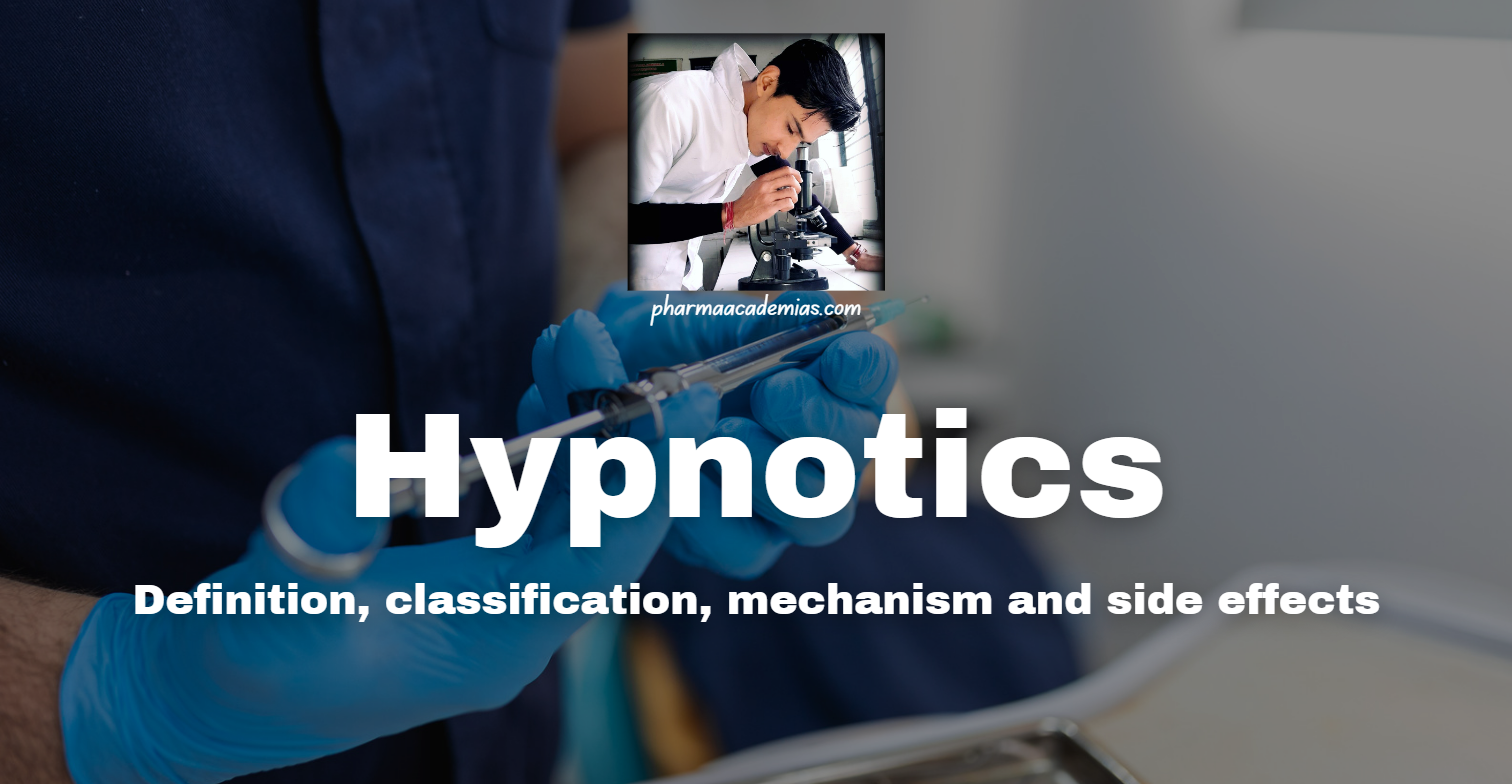Alcohols Alcohols are a class of organic compounds characterized by the presence of one or more hydroxyl (-OH) groups attached to a carbon atom. They are commonly used as solvents, disinfectants, antiseptics, and psychoactive substances. Ethanol, or ethyl alcohol, is the most widely consumed alcohol and is found in alcoholic …
Centrally Acting Muscle Relaxants: definition, classification, mechanism and side effects
Definition: Centrally acting muscle relaxants are a class of medications used to alleviate muscle spasms, stiffness, and pain by acting on the central nervous system (CNS) to reduce skeletal muscle tone and hyperactivity. They are commonly prescribed for musculoskeletal conditions such as back pain, neck pain, spasticity, and fibromyalgia, as …
Hypnotics: Definition, classification, mechanism and side effects
Hypnotics are a class of drugs that induce sleep or promote the maintenance of sleep. They are used to treat various sleep disorders, including insomnia, sleep onset difficulty, and sleep maintenance insomnia. Hypnotics act on the central nervous system (CNS) to produce sedation, reduce arousal, and promote relaxation, facilitating the …




